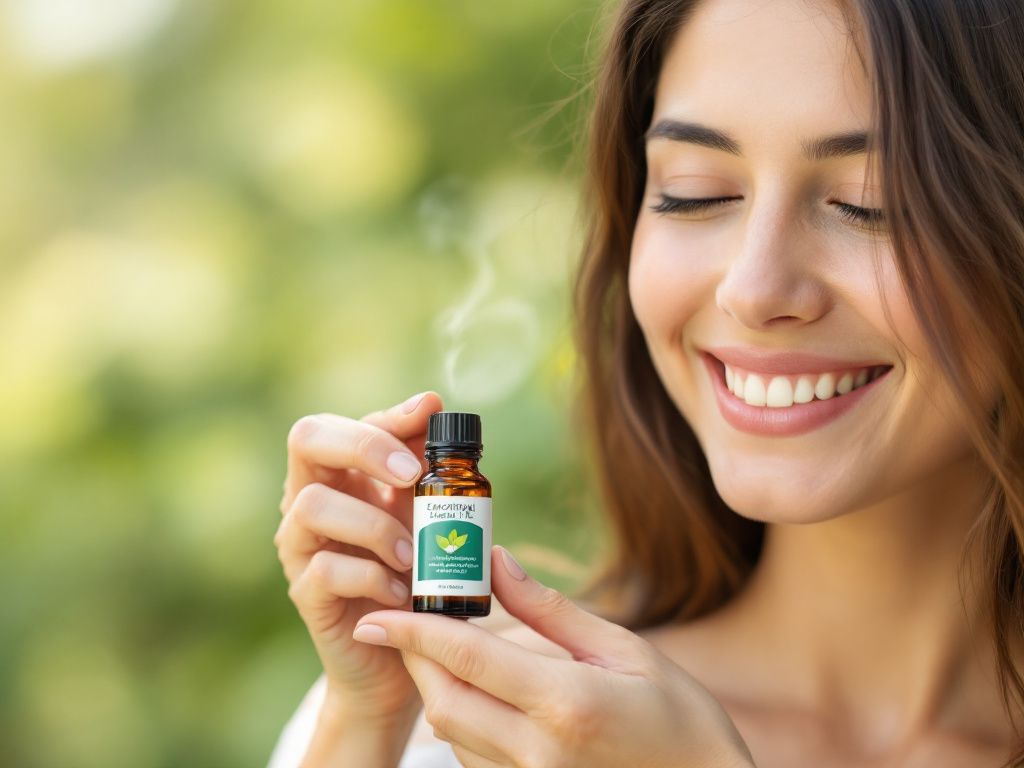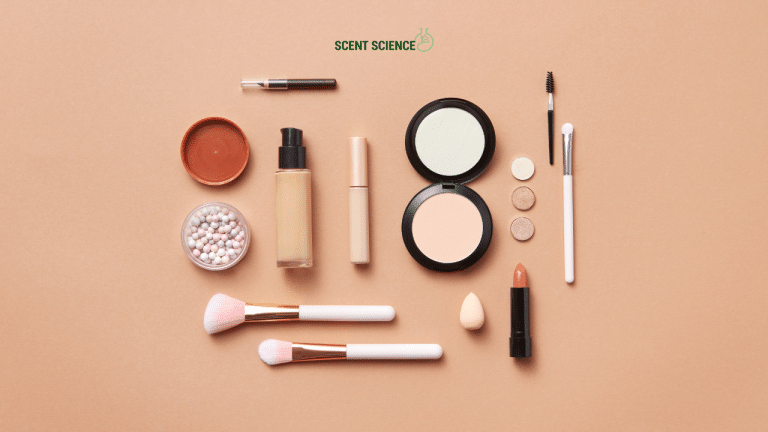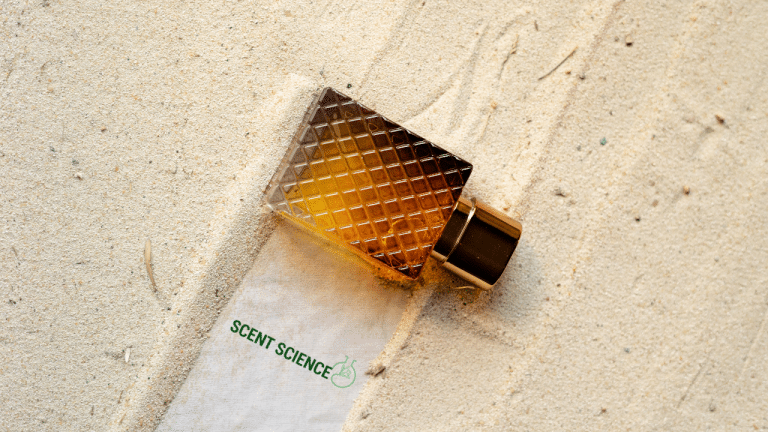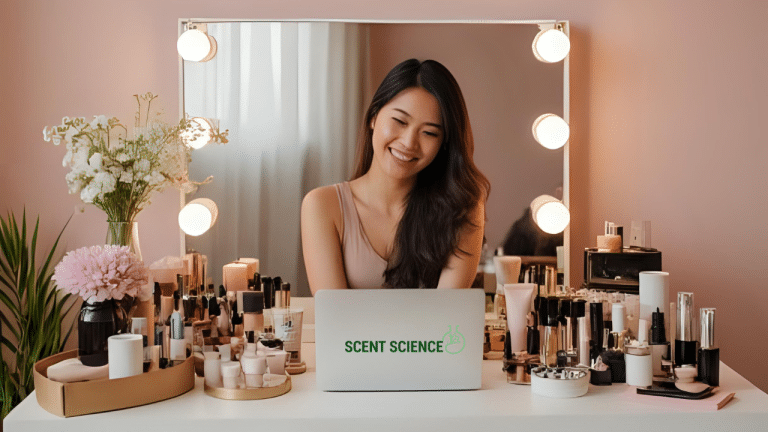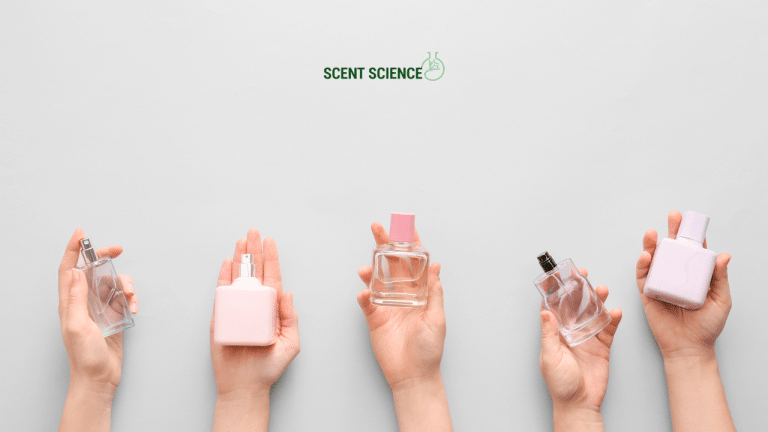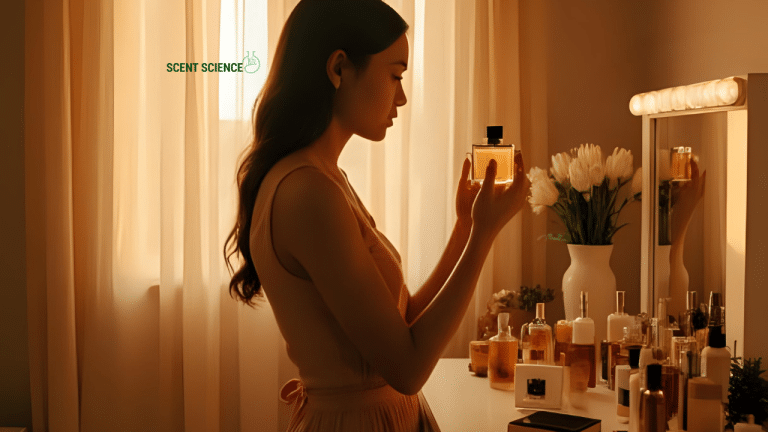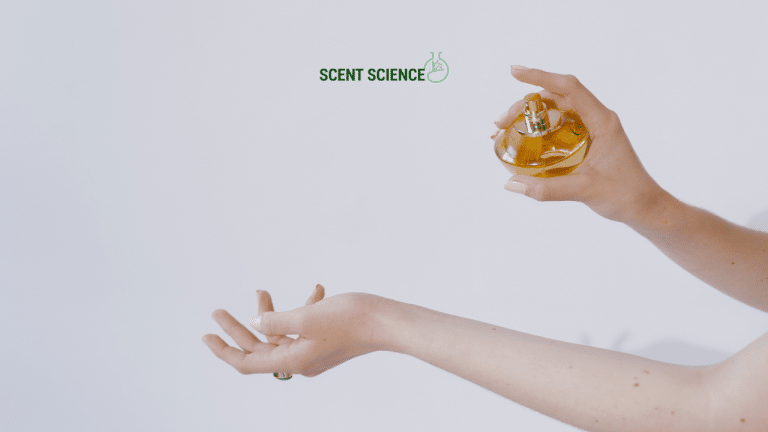In today’s fast-paced world, maintaining emotional equilibrium can often feel like a high-wire act. But what if you could find solace and balance in something as simple and universally accessible as scent? Welcome to the world of holistic scent therapy, where your olfactory senses hold the key to emotional stability. With over two decades of experience exploring the intersection of aromatherapy and emotional wellness, I’m here to guide you on transforming your inner chaos to calm using fragrances as your ally. Let’s embark on this aromatic journey toward achieving emotional balance with fragrances. 🌿
Table of Contents
ToggleUnderstanding the Connection Between Scent and Emotion
The Science Behind Scents and Emotions
Our sense of smell is a powerful evocator of emotion, deeply rooted in the human experience. How exactly does this work? The olfactory system is intricately linked to the limbic system, the part of the brain that processes emotions and memories. When you inhale a fragrance, odor molecules interact with receptors inside your nose, sending signals directly to this ancient part of your brain. This connection explains why certain smells can transport us back to specific moments in time, evoke strong emotions, or create a sense of tranquility.
Historical Context of Fragrance in Emotional Healing
Historically, civilizations have long recognized the healing potential of scents. The ancient Egyptians used fragrant oils during yoga and meditation, Greeks utilized aromatic inhalations for focus, while indigenous cultures often incorporated botanicals and resins in rituals to balance spirit and emotions. Understanding the legacy of these practices underscores the significance of scent for emotional equilibrium throughout human history.
Key Research Findings
Contemporary studies support the efficacy of scents in mood regulation. For instance, a study published in the journal, *Molecules*, found that lavender—commonly associated with relaxation—has a pronounced impact on reducing anxiety and improving mood. Another research work published in *Frontiers in Psychology* demonstrated that citrus scents, like lemon and orange, can lead to heightened alertness and a marked decrease in stress levels. These findings emphasize the profound potential scents harbor for emotional balance.
Crafting Your Personal Fragrance Routine
Creating a personal fragrance routine is akin to designing a custom recipe for your mind. Here’s how you can begin this transformative process:

Step 1: Identify Your Emotional Needs
Before choosing your scents, reflect on your emotional requirements. Are you seeking relaxation, an energizing lift, or calm focus? Create a list based on frequent moods or feelings you’d like to address.
**Example:** If you often feel anxious, consider scents linked to tranquility like chamomile and ylang-ylang.
Step 2: Explore Fragrance Families
Understanding fragrance families can guide your choices:
- Floral: Rose, jasmine, and geranium are linked to romance and clarity.
- Citrus: Lemon and bergamot are known for energy and invigoration.
- Woody: Sandalwood and cedarwood can foster grounding and warmth.
- Spicy: Clove and peppermint offer an invigorating boost.
- Herbal: Lavender and sage aid in relaxation and stress relief.
Step 3: Experiment and Notice Responses
Scents can linger differently based on personal chemistry. Spend some time experimenting with different oil samples or loose fragrance notes. Note both your immediate reaction and any lingering mood changes over the day.
Creating Scent Rituals for Daily Life
To leverage these insights, you’ll want to integrate fragrances seamlessly into your daily routine:
- Morning Invigoration: Start your day with invigorating scents. Add a few drops of lemon essential oil to your diffuser or shower with a citrus-scented soap to awaken the senses.
- Mindful Moments: Incorporate calming scents into your meditation or yoga practices to deepen mindfulness. Try diffusing lavender during your sessions.
- Evening Wind-Down: Prepare your body and mind for rest by using soothing fragrances. Consider a pre-sleep spray of chamomile-infused linens or a warm bath steeped with sandalwood and rose oils.
Practical Advice and Insights

Tips for Tailoring Your Fragrance Experience
- Layer Scents: Create depth and complexity by blending different essential oils. For example, mix mint with rosemary for focus or jasmine with clove for a warming embrace.
- Test in Real Life: Application in natural settings can dramatically vary from theoretical conceptions—always test scents in real-world scenarios to understand their true impact on your mood.
- Vary the Intensity: Sometimes, less is more. Be mindful of the concentration of essential oils, adjusting based on where and how they’ll be used in your spaces.
Common Mistakes to Avoid
- Overpowering Scents: Start light—you can always add more.
- Ignoring Allergies: Natural doesn’t always mean safe for everyone; patch tests will prevent adverse reactions.
- Underestimating Environment: Remember that scent perception can be altered by variables like air quality and humidity.
Expert Tips and Real-World Applications
Real-world Success Case Studies

Jamie’s Journey to Anxiety Reduction
Jamie, a graphic designer with deadlines tight as a snare, turned to fragrances to address mounting anxiety. Through trial and experimentation, she adopted a routine featuring lavender and bergamot around her workspace. Within weeks, Jamie reported a clearer mind and significantly decreased stress levels, proving the personal power scents can hold.
Robert’s Routine for Restful Nights
Struggling with insomnia, Robert curated an evening routine employing vetiver and marjoram essential oils, inducing deep relaxation and improved sleep quality. His case illustrates how correct utilization of scents can benefit previously stubborn issues like sleep disturbances.
Expert Tips: Bringing It All Together
- Be Consistent: Establishing emotional balance through scents won’t happen overnight—regular, mindful practice creates cumulative positive effects.
- Document the Journey: Keep a scent diary to track definitions and outcomes, honing your understanding of what works best for varied circumstances.
Conclusion: Enriching Life Through the Language of Scents
As we conclude this comprehensive exploration into creating emotional balance with fragrances, remember the potential woven into each bottle of essential oil or bar of fragrant soap. The holistic scent therapy approach relies on leveraging the wisdom of your body and mind to signal what’s needed emotionally, marrying ancient instincts with modern well-being strategies. Having armed yourself with this knowledge, experiment freely but mindfully—every whiff a whisper, turning thoughts from chaotic to calm, one decisive breath at a time. 🕊️
Bookmark this guide as your ally in personal aromatic exploration and make scents a harmonizing symphony in your emotional wellness journey.
Appendix: Resources and Further Reading
For continued exploration, check out books such as “The Complete Guide to Aromatherapy” by Salvatore Battaglia and courses or products specializing in holistic scent therapy for added insights and information.
Frequently Asked Questions
What are the benefits of using a hair mask in my hair care routine?
Using a hair mask can provide several benefits, including hydration, smoothing, strengthening, curl definition, heat protection, and damage repair. Hair masks infuse the hair with moisture, help coat the hair shaft to seal split ends, reduce breakage, and protect the hair from heat styling and environmental damage[1][4].
What ingredients should I look for in a hair mask?
Effective hair masks often include ingredients such as coconut oil, argan oil, shea butter, honey, avocado oil, green tea, and coconut water. These ingredients provide nourishment, moisturize, and protect the hair, offering benefits like softening, moisturizing, and protecting against damage[2][5].
How often should I use a hair mask in my routine?
You should use a hair mask whenever your hair feels dry, unmanageable, or in need of intense hydration. This can vary depending on your hair type and needs, but generally, using a hair mask once or twice a week can help maintain healthy and moisturized hair[1][4].
How do I apply a hair mask for the best results?
To apply a hair mask effectively, shampoo your hair first, then apply the mask, focusing especially on the ends where hair tends to be the most damaged. Leave the mask on for anywhere from 10 minutes to overnight, depending on the type of mask and your hair’s needs[1][4].
References
